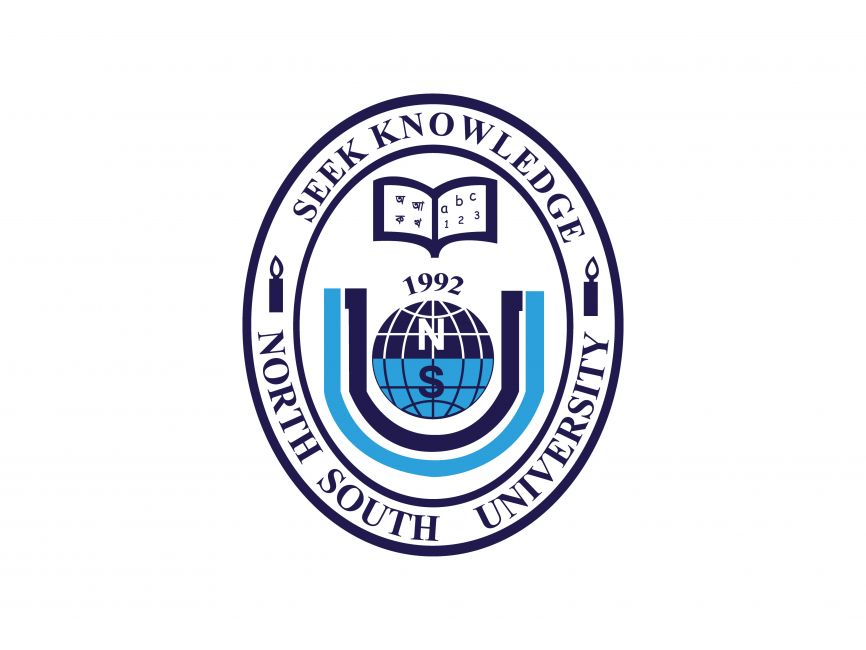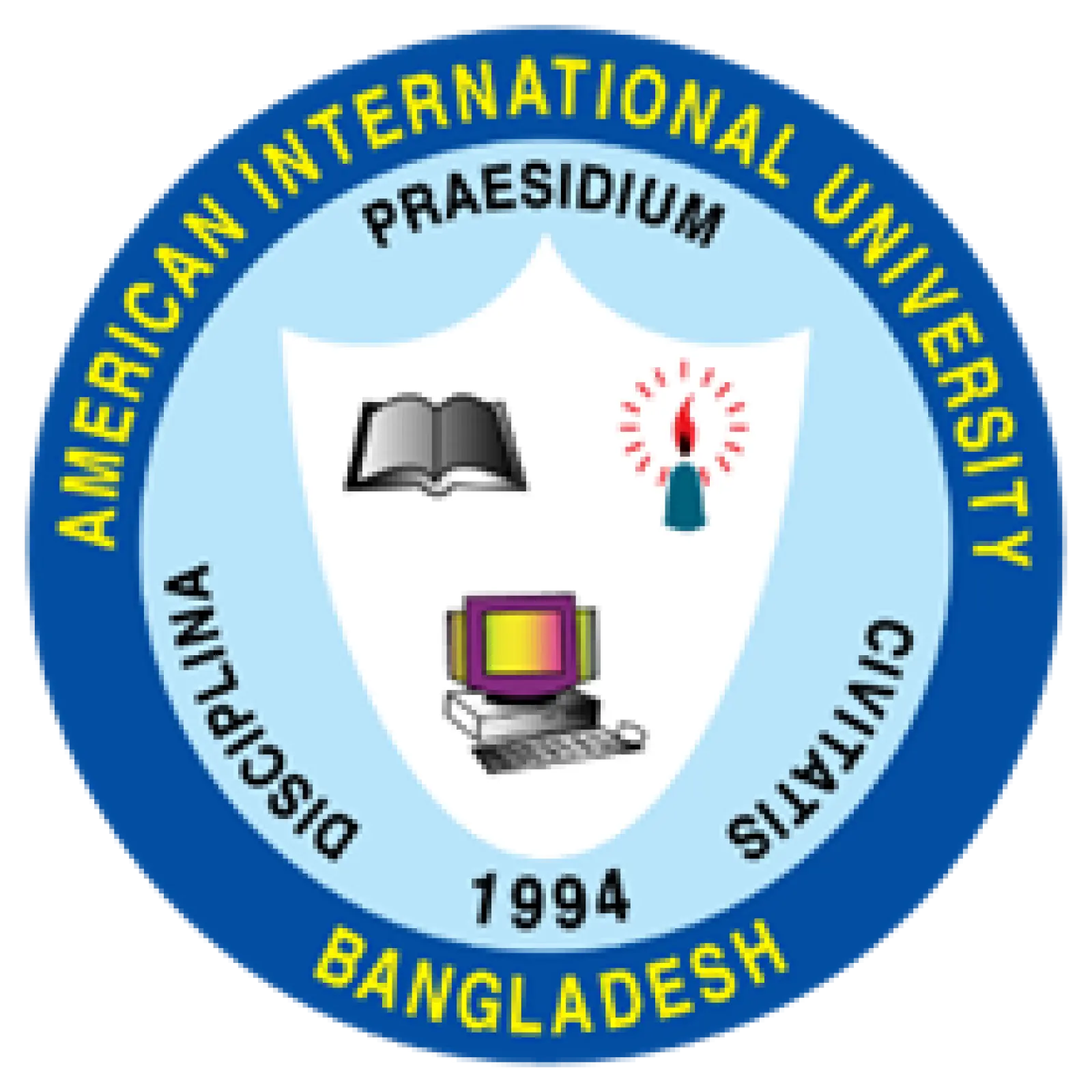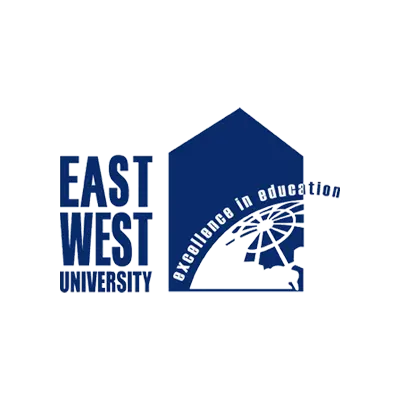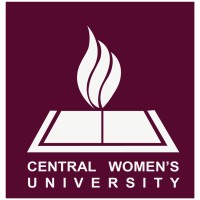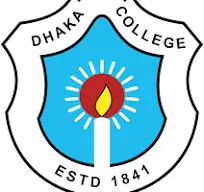
Dhaka College
Courses 0
Establish Year 1841
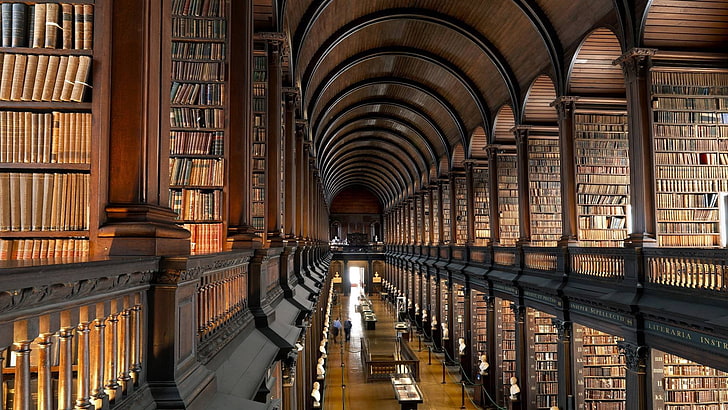

Courses 0
Establish Year 1841
As a successful educational institution in the field of higher secondary and higher education, Dhaka College is proud of its continuous contribution.
The East India Company and British rule were closely related to the spread of modern education in India. Coinage and trade dominated the rule of the East India Company. Yet they established the Calcutta Madrasah in 1781 for Indians, the 'Sanskrit College' in Varanasi in 1791 and the 'Fort William College' in 1800 for the employees of the East India Company. But through the 'Charter Act-1813', the East India Company was directed by the British government to focus on the education of Indians. The Charter Act of 1813 was the foundation of modern Indian education. Hindu College was established in 1817. After that, almost two decades passed in various debates about the means and methods of spreading education in India. In 1835, British Parliament member Lord Mackall's 'Minute on Education' proposed that India's education should be in the English language and in the light of European knowledge. As a result, the Governor General of India, Lord Bentick proposed the 'Indian Education Act'. In the context of this act and on the recommendation of the 'General Committee of Public Instruction', the first government school in the whole of Bengal was established in Dhaka. Established on 15 July 1835 AD. The school was known as 'English Seminary'. With this school, Dhaka became an important center for the spread of modern education. Later, the Governor General of India, Lord Auckland, presented his famous Minute on Education in 1839, following which the General Committee of Public Instruction proposed to the Governor General in 1840 the establishment of a college in Dhaka. The proposal was approved and on 20 November 1841 'Dhaka Central College' was established. Dhaka College, one of the main educational institutions of the subcontinent, started its journey with 3 rooms on the second floor of the English Seminary School (now Dhaka Collegiate School) building. Local 'Public Education Committee' purchased the land for the college building. On November 20, 1841, Reverend Daniel, Bishop of Calcutta, laid the foundation stone of the college. Colonel Garstein designed the building. The construction of the building was completed in 1946 and the students started their new education in the new building on 25 May of that year. Cambridge University student and Hindu College teacher J. Ireland was appointed the first Principal. Since its inception, Dhaka College has been an important educational institution in Bangladesh for leading the cultural, social and intellectual activities of East Bengal. In 1854, due to Sir Charles Wood's 'Education Despatch', order and coordination were created in Indian modern education. Due to the new educational policy, since 1854 the meritorious students of Dhaka College got the opportunity to study medicine in Calcutta Medical College, the only medical college in the whole of India, and after the establishment of Calcutta University in 1857, Dhaka College was affiliated to it. In the first year B.A. 4 students were sent from Dhaka College to appear in the examination - although one student appeared in the examination named Deenath Sen. In this journey of higher education, a separate science building was established in Dhaka College in 1875. Then philosophy, history, literature, mathematics,Dhaka College became the center of modern education in East Bengal for higher education in law and science – which continued until the establishment of Dhaka University in 1921. In 1903 new infrastructure plans were made for Dhaka College and in 1904 land was acquired and construction work started. On this basis, in 1908 Dhaka College was shifted to Curzon Hall and some related buildings in the new Dhaka which was built around Ramna area after the partition of Bengal. It was here that Dhaka College transformed into a full-fledged residential college in a beautiful natural setting with a separate science building, Dhaka College Hostel for students (first known as Dhaka Hall and now known as Shahidullah Hall), four residences for professors. Dhaka University was already established in 1921. The glorious sacrifice and contribution of Dhaka College to light the life-lamp of Dhaka University is rare in history. In fact, all the movable and immovable properties of Dhaka College, students, teachers, employees, various buildings, libraries, science rooms, books, etc. were given to Dhaka University so that the university could start its academic activities on July 15, 1921. A large amount of college land and campus, hostels and other infrastructure, scientific equipment, various scholarships allotted to meritorious students, etc. were also handed over to Dhaka University. On the other hand, the new campus of Dhaka College is fixed in the old High Court building. One thing to note here, many of today's generation ask, why the road on the east side of Curzon Hall is known as College Road, because this road was named when Curzon Hall was Dhaka College. In 1943, the High Court College building had to be vacated to rehabilitate the wounded soldiers of World War II. Then the college was shifted to Islamic Intermediate College (now Govt. Kabi Nazrul College) located in Laxibazar. Later, the official and academic activities of the college were conducted in a private building of late Khan Bahadur Abdul Hai located in Siddiq Bazar from Laxibazar. Apart from this, a few houses were rented and a college hostel was built. In 1955, the journey of Dhaka College started anew with new infrastructure in the present campus. Dhaka College is situated on a land of 18.57 acres, an immense lush green land of natural beauty. In front of it are lovely gardens, lawn tennis and basketball courts. There are 8 hostels and a mosque at the western end. Behind the main building of the college and in front of the hostel are 2 large playgrounds and a pond. College canteen and gymnasium on the banks of the pond. At the east-south end i.e. in front of the main gate are Shaheed Minar, ICT building, Botany building, Principal's residence and a residential building for teachers. Besides, a 10-storey academic building has been newly constructed next to Shaheed Minar. Dhaka College has 19 departments under the faculties of 'Arts and Social Sciences', 'Business Education' and 'Science'. Undergraduate (Honours) and Postgraduate courses are offered in all 19 departments. Non-credit course for post graduate students in Information and Communication Technology [ICT] from 1st August 2010. principal,There are 220 teachers in various departments including vice-principals. Many of the working teachers hold PhD and MPhil and other higher degrees. Many famous scholars and educationists have taught in Dhaka College. Many students of Dhaka College have achieved national and international fame for their contributions in their respective fields. The contribution of Dhaka College in national and student movements including language movement, great liberation war is immense. The students and teachers of this college have set a precedent by playing a memorable role in the 1962 anti-people education policy cancellation movement and the 1969 and 1990 popular uprisings.
Bachelor of Arts in Bangla
4 Year
Graduation
Offline
Specialization
Bangla
Scholarship
Yes
Examination
Half Yearly
Fee Cycle
Semester
Bachelor of Arts in English
4 Year
Graduation
Offline
Specialization
English
Scholarship
Yes
Examination
Half Yearly
Fee Cycle
Semester
Bachelor of Arts in History
4 Year
Graduation
Offline
Specialization
History
Scholarship
Yes
Examination
Half Yearly
Fee Cycle
Semester

Cafeteria

Computer Lab

Laboratory

Library

Security

Sports
